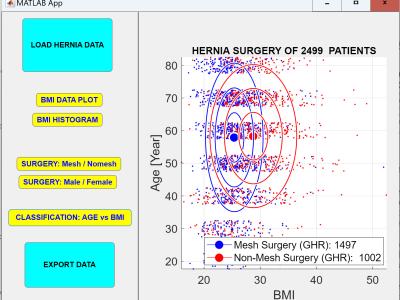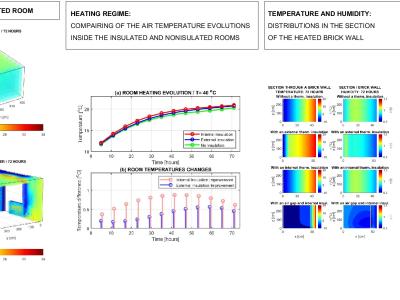Data Related to Computational Analysis and Classification of Ventral Hernia Treatments Based on Repair Technologies

- Citation Author(s):
-
Barbora East
(Charles University in Prague, 1st Faculty of Medicine and Motol University Hospital, Prague, Czech Republic)
Lucie Gonsorcikova (Charles University in Prague, 1st Faculty of Medicine and Thomayer University Hospital, Prague, Czech Republic) - Submitted by:
- Hana Charvatova
- Last updated:
- DOI:
- 10.21227/13px-av58
 253 views
253 views
- Categories:
- Keywords:
Abstract
Problems related to ventral hernia are very common, and evaluating them using computational methods can assist in selecting the most appropriate treatment. This study collected data from over 3500 patients from different European countries observed during last 11 years (2012-2022), which were collected by specialists in hernia surgery. The majority of patients underwent standard surgical procedures, with a growing trend towards robotic surgery. This paper focuses on statistically evaluating the treatment methods in relation to patient age, body mass index (BMI), and the type of repair. Appropriate mathematical methods are employed to extract and classify the selected features, with emphasis on computational and machine learning techniques. Mesh hernia surgery is categorized into two classes: groin hernia repairs (GHR) and primary ventral, incisional ventral, and parastomal hernia repairs (PVHR, IVHR, and PHR). The paper presents surgical hernia treatment statistics related to patient age and repair technologies involving different types of meshes. The main conclusions highlight the classification of repair technologies based on patient BMI and age. The accuracy of separating GHR mesh surgery from other types of repairs reached 79.5 % using a two-layer neural network classification, with true negative and true positive rates of 89.6 % and 63.3 %, respectively. The proposed methodology suggests a close interdisciplinary approach and the utilization of computational intelligence in hernia surgery, potentially applicable in a clinical setting.
Instructions:
The DataPort includes:
1. The directory “Data” with the “DataportSelectedData.xlsx” including the selected data from the EHS database used for the statistical evaluation
2. The directory "GUI" with the " GUImesh2.mlapp" file that can be run in MATLAB 2022b to start the graphical user interface for analysis and classification of the selected data from the EHS database.
3. The " BHvideoabstract.mp4" graphical video abstract.








